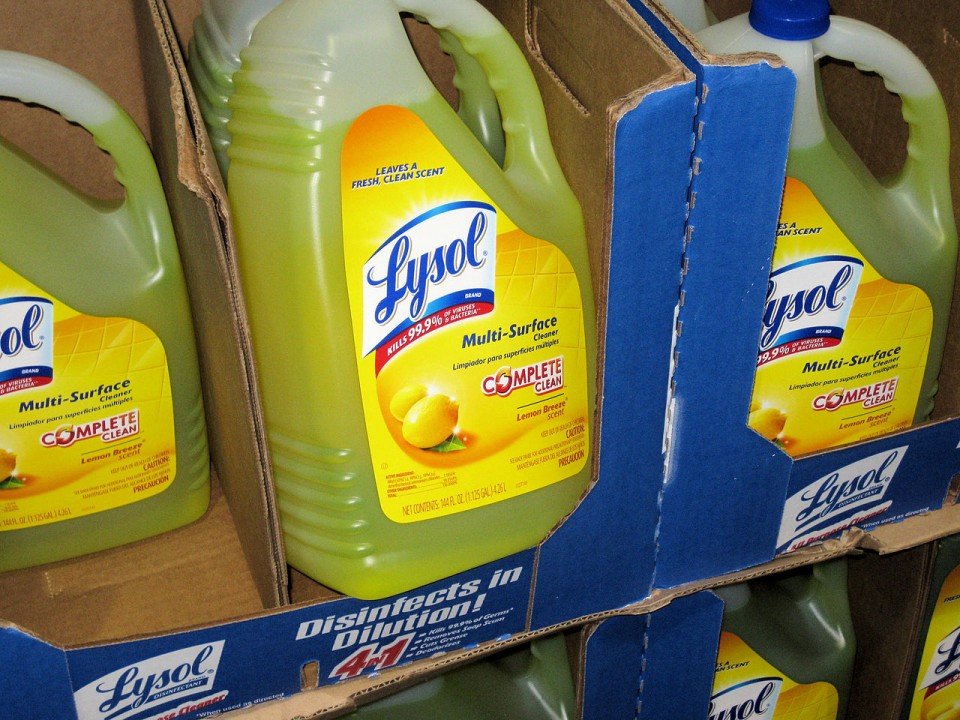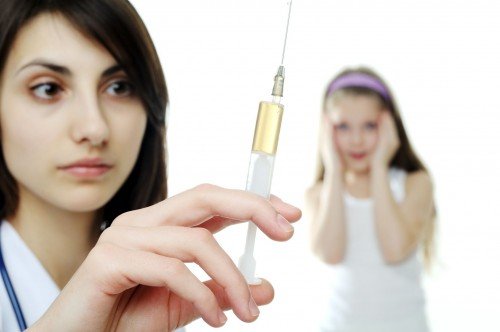Disinfectants Turn Deadly Germs into Superbugs

(NaturalNews) The opportunistic bacterium Pseudomonas aeruginosa is increasingly recognized as a cause of severe nosocomial infections — those are infections people contract as a result of treatment in a hospital or other medical center. In fact, a Pseudomonas aeruginosa infection can be life-threatening, especially if someone is immunocompromised.
The germ also causes chronic infections in cystic fibrosis patients. So it’s no surprise that disinfectants are widely sprayed, sloshed and wiped over surfaces in medical settings to supposedly protect patients. But now comes evidence the very act of relying on disinfectants to prevent Pseudomonas aeruginosa infections could be turning the already dangerous germ into a superbug that’s resistant to antibiotics as well as the disinfectant itself.
Germs adapt to survive
For a study just published in the January issue of the journal Microbiology, researchers from the National University of Ireland in Galway took laboratory cultures of Pseudomonas aeruginosa and added increasing amounts of disinfectant to the bacteria. They found this caused the germs to adapt over time so they could survive the disinfectant.
But something else also happened when the bacteria were exposed to the disinfectant. Remarkably, the germs became resistant to ciprofloxacin, a strong antibiotic widely-prescribed to fight Pseudomonas aeruginosa. And the germs became resistant to the drug even though they weren’t exposed to it.
How could this be possible? The scientists discovered that when exposed to the disinfectant, the bacteria adapted to more efficiently pump out antimicrobial agents (both the disinfectant and antibiotics) from the germ’s cells. The researchers also found the bacteria’s adaptation resulted in a DNA mutation that allowed the Pseudomonas aeruginosa microbes to specifically become immune to ciprofloxacin-type antibiotics.
Dr. Gerard Fleming, who headed the research team, warned in a media statement that the study results could mean “… residue from incorrectly diluted disinfectants left on hospital surfaces could promote the growth of antibiotic-resistant bacteria. What is more worrying is that bacteria seem to be able to adapt to resist antibiotics without even being exposed to them.”
Obviously, if disinfectants used to kill bacteria on surfaces to prevent their spread are actually making the germs stronger so they survive and go on to infect patients — and if antibiotics used to treat these infections are no longer effective — the results could be a serious threat to hospitalized patients. Dr. Fleming added that it is important for scientists to zero in on environmental factors that might promote antibiotic resistance, thereby creating superbugs.
“We need to investigate the effects of using more than one type of disinfectant on promoting antibiotic-resistant strains. This will increase the effectiveness of both our first and second lines of defense against hospital-acquired infections,” he stated.



